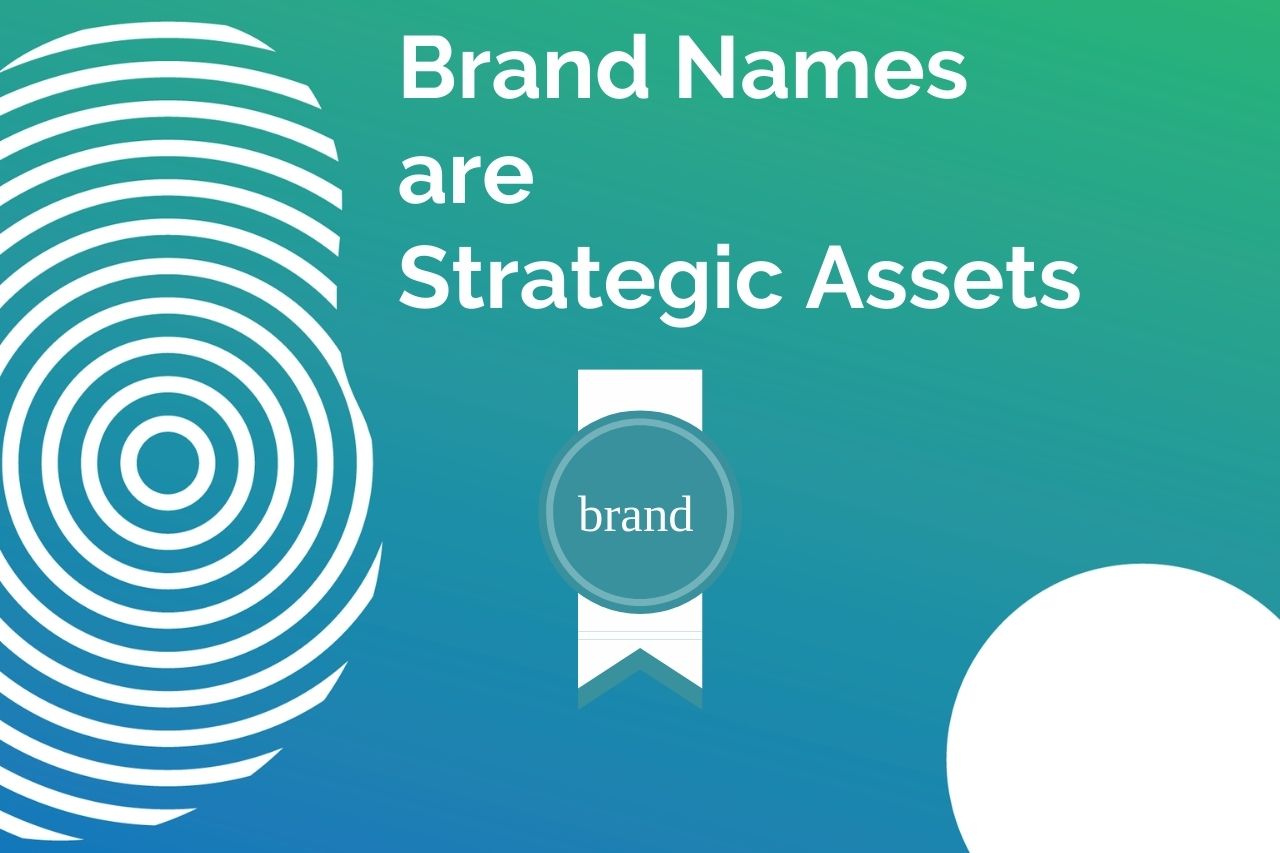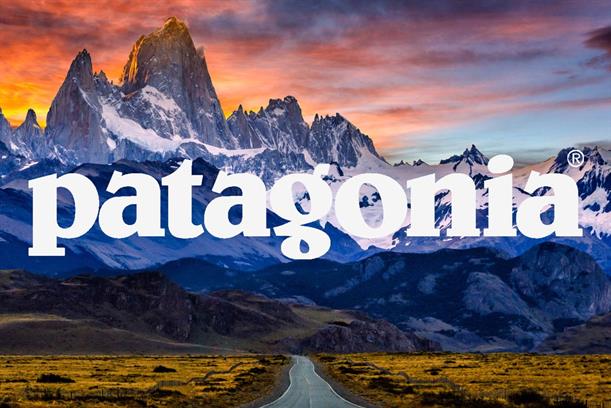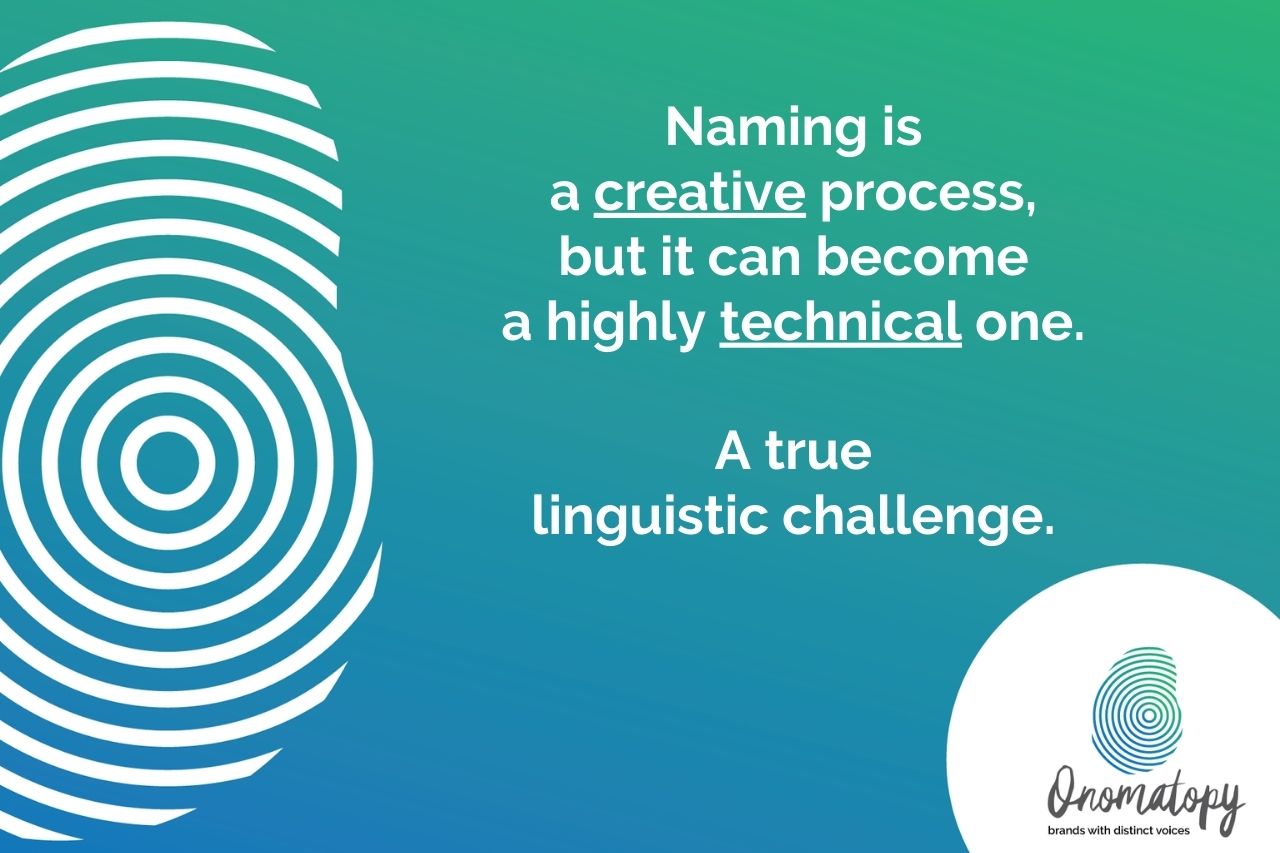A brand name is much more than just a label. It is a powerful asset that shapes a brand’s identity, perception, and ultimate success. In the world of branding, where differentiation and recognition are paramount, the right brand name serves as a foundational element within this strategy, teaming up with the logo to become the face of the brand. The name is the most used communication vehicle of a brand.
At its core, branding aims to create a distinctive and memorable identity for a product, service, company or cause. Brand strategy, on the other hand, outlines the long-term plan for developing and managing a brand to achieve specific objectives.
A well-crafted brand name can leave a lasting impression on consumers and serves as a powerful communication tool, encapsulating the essence, values, and promise of a brand. It has the ability to capture attention, generate interest, and convey brand attributes.
Think of iconic brand names like Coca-Cola or Apple, which immediately evoke emotions and associations like happiness or intuitive. Nike’s name is short and memorable, evoking the Greek goddess of victory and aligning with the brand’s focus on sports excellence. Netflix initially focused on DVD rentals by mail. As the company transitioned to online streaming, the brand name remained relevant by reflecting the initial core offering of entertainment “flicks” while adapting to new delivery methods.

Here are 10 ways in which brand names relate to brand strategy:
- Differentiation:
Brand names play a crucial role in distinguishing a brand from competitors. A well-crafted brand name can communicate uniqueness, positioning, and a distinctive value proposition, helping the brand stand out in the market.
- Brand Identity:
A brand name is an essential component of a brand’s identity. It becomes a recognizable symbol that represents the brand’s values, personality, and overall essence, allowing consumers to form connections and associations with the brand.
- Target Audience Alignment:
The choice of a brand name should align with the brand’s target audience. By considering the preferences, language, and cultural nuances of the target market, a brand name can effectively resonate with the intended audience and facilitate better connection and engagement.
- Brand Positioning:
Brand names contribute to the positioning of a brand in the marketplace. The right brand name can evoke certain emotions, perceptions, and associations that align with the desired positioning strategy, whether it’s luxury, affordability, innovation, or other key attributes.
- Brand Extension:
A well-established brand name can facilitate brand extension efforts. When a brand has a strong reputation and equity, extending the brand into new product categories or market segments becomes easier as the brand name carries recognition and trust.
- Brand Recall and Memorability:
A brand name that is memorable and easy to recall aids in brand recognition and recall. A distinct and catchy brand name makes it more likely for consumers to remember and seek out the brand when making purchasing decisions.
- Brand Storytelling:
A brand name can serve as a starting point for brand storytelling. It can encapsulate the brand’s narrative, values, or origins, allowing consumers to connect with the brand on a deeper level and fostering emotional engagement.
- Brand Perception and Credibility:
The right brand name can shape the perceived credibility and trustworthiness of a brand. A well-chosen name that aligns with the brand’s positioning and values can enhance the brand’s reputation and credibility in the eyes of consumers.
- International Expansion:
When expanding into new markets, a brand name must be adaptable and culturally sensitive. Considering linguistic and cultural factors ensures that the brand name resonates positively with the local audience and avoids unintended negative associations.
10. Long-Term Brand Equity:
Brand names contribute to the development of long-term brand equity. Over time, a well-known and respected brand name becomes an intangible asset that holds value and creates a foundation for brand loyalty and customer advocacy.
A well-chosen brand name aligns with strategy and fosters brand recognition. In a dynamic market environment, brands may need to evolve and adapt over time. This can include changes to brand names due to market shifts, rebranding efforts, or international expansion. However, altering an established brand name is not without challenges. It must be done thoughtfully to preserve existing brand equity while reflecting the brand’s evolution.
In the world of branding, a brand name is more than a word – it’s a gateway to the hearts and minds of consumers. At Onomatopy, we craft global brand names for companies of any size.












